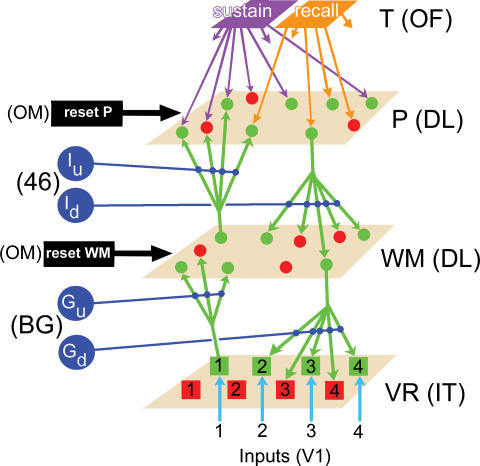Figure 2. Diagram of the Structure of the Network.
Excitatory and inhibitory neurons (represented by green and red dots, respectively) are arranged in two-dimensional layers P and WM and interconnected by short-distance connections (not shown). Layer VR is composed of four excitatory units (green squares), each representing a group of cortical cells coding for a single image, and four inhibitory units (red squares), which implement lateral inhibition on excitatory VR units. Layers P, WM, and VR are connected via diffuse and homogenously distributed vertical excitatory projections (green arrows). All connections in the network are fitted with standard Hebbian learning algorithm, while downward connections have in addition reinforcement learning. Each P neuron receives a single priming connection from either the sustain (represented by a violet arrow) or recall (orange arrow) unit. Layers WM and P are the targets of reset units (reset WM and reset P) which, when active, reinitialize to zero the membrane potential and output of all neurons in the layer. Units Gu, Gd, Iu, and Id gate activity which travels from VR to WM, WM to VR, WM to P, and P to WM, respectively (dark blue lines). This gives the network the freedom to either transfer information from one layer to another, or to isolate layers so that they can work separately. Visual information from the exterior world enters the network via the Inputs variables, which feed stimulus-specific activity into layer VR (turquoise arrows). Letters between parentheses indicate tentative assignation of network components to cortical or subcortical areas (see Discussion).
46, area 46; BG, basal ganglia; DL, dorsolateral; IT, inferotemporal; OF, orbitofrontal; OM, orbitomedial; V1, primary visual cortex. Network areas and layers: P, planning; T, task; VR, visual representation; WM, working memory.

